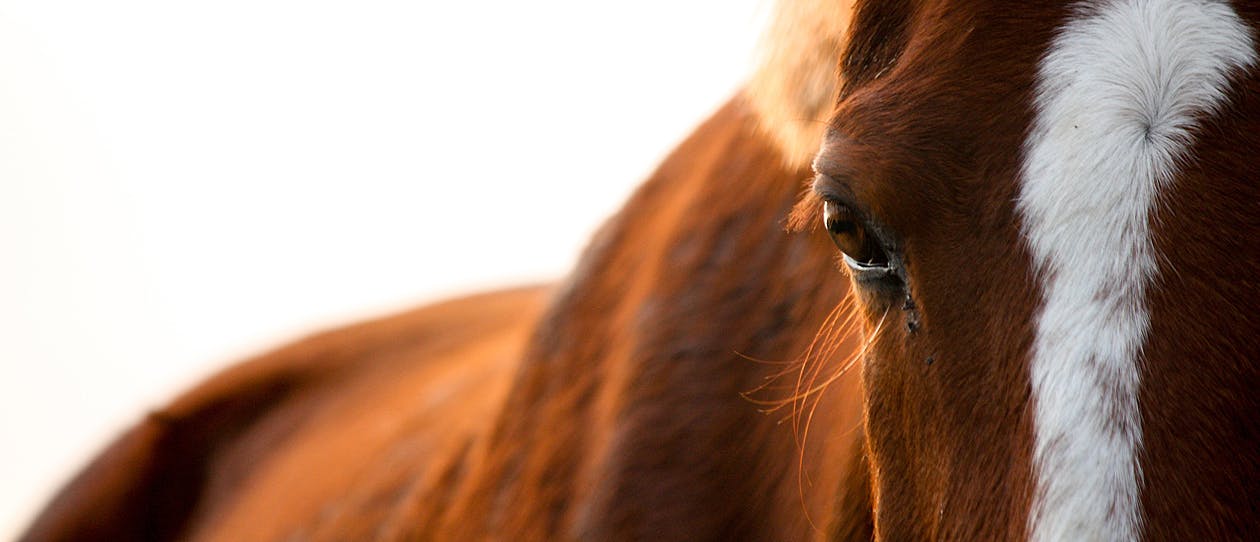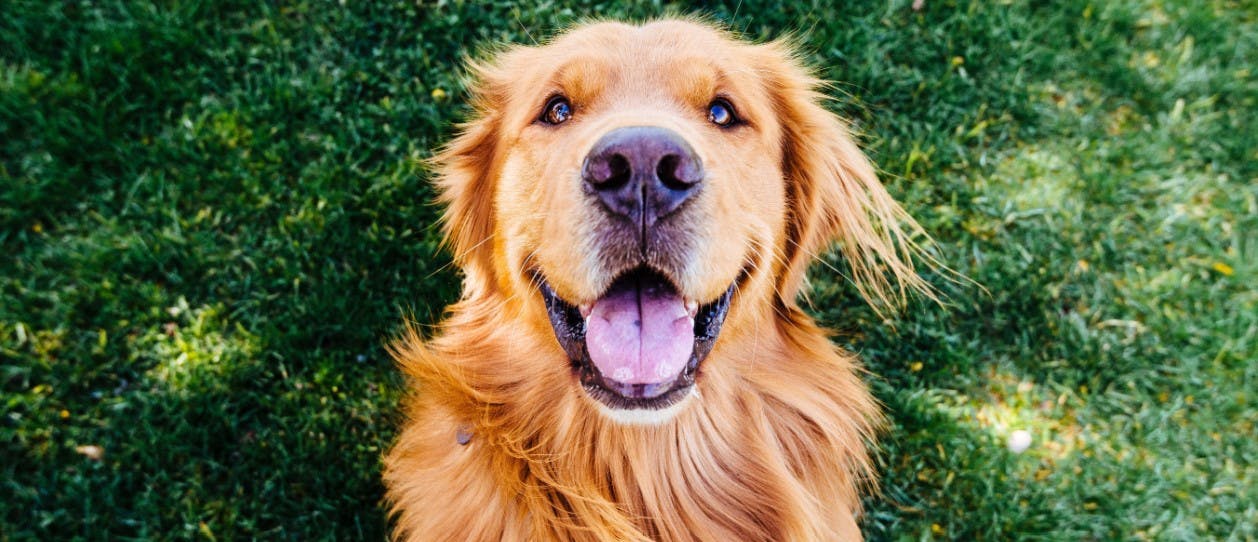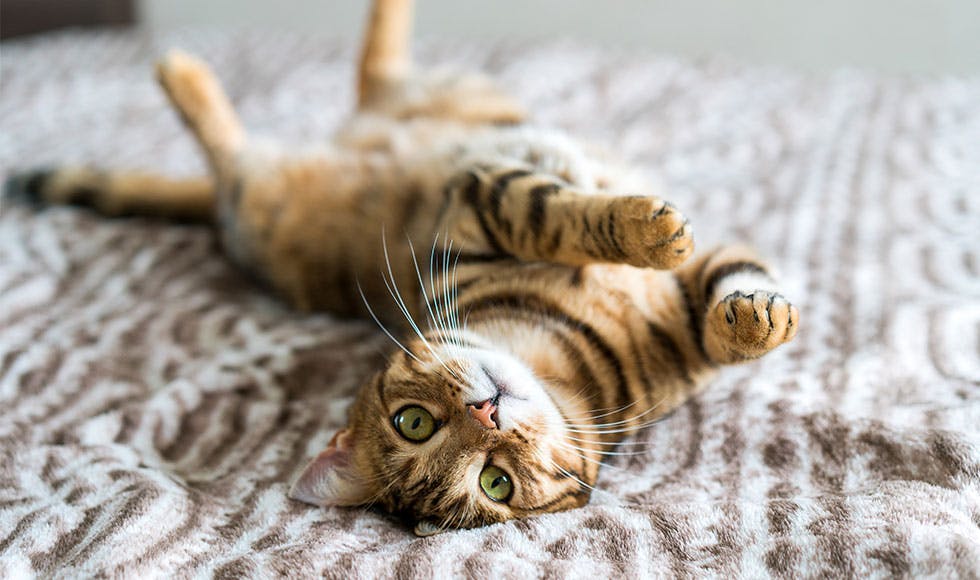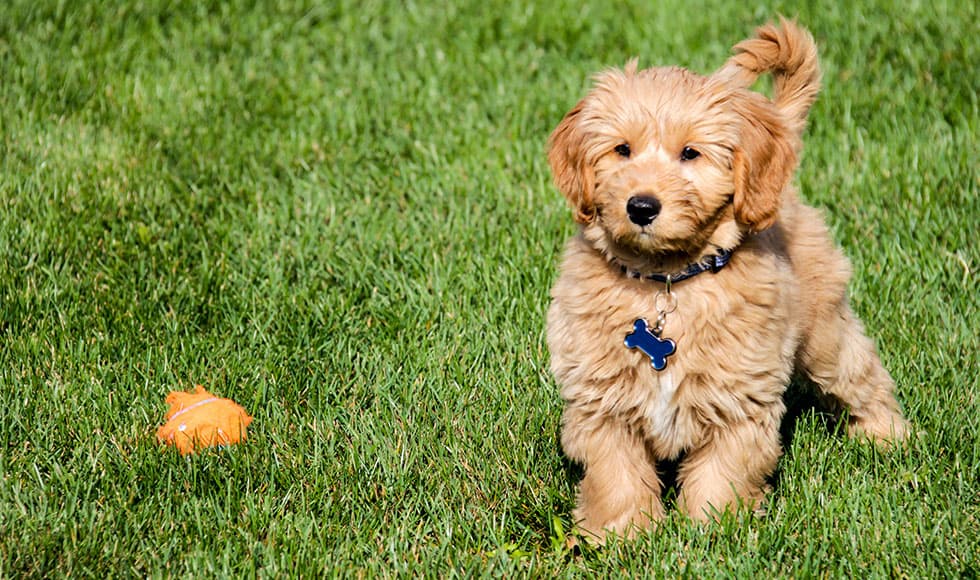
- A Guide To Perfect Your Pet's Health/
- Resources For Your Pet's Skin and Coat Health/
- Preventing and treating common equine skin conditions


When it comes to these common equine skin conditions, prevention is obviously better than cure, though should they arise, fear not, they can often be easily treated. Grooming plays a big role in the prevention of these conditions – and regular grooming means you’ll be better able to spot any differences in their skin or hair and get onto them early. This is especially important when it comes to more serious skin conditions.
What to look out for:
- Dermatitis is an inflammation of the skin, and can be caused by allergy, infection, or be secondary to trauma, injury or as a side effect of a condition or event that causes rubbing and itching of their skin.
- Dandruff refers to old skin shedding in flakes. Horses can experience dry or oily dandruff – dry flaky skin can be due to a nutritional problem, or the flaky skin may be secondary to allergies from insect bites.
- Skin allergies are one of the more common allergic conditions in horses, and an allergy to a substance can cause a local reaction in the skin which can include swelling, redness, or itching. Hives are also common – and can be caused by anything from plants to fly bites, ingredients in a grooming product, or even an ingredient in a vaccine.
Prevention and treatment
Regular grooming with clean grooming tools will help keep your horses coat and skin in tip top condition, stimulating circulation and natural oil production. A diet rich in vegetable oils, omega-3 fatty acids, and supplements containing biotin can also promote healthier skin.
In terms of treatment, dandruff can be treated with an equine anti-dandruff shampoo, which will dissolve flakes and loosen oily scales. Scrubbing gently with a soft- to medium-bristled brush will help with removing any crusts. If the condition persists, it’s worth chatting to your vet to rule out more serious conditions also see your vet if the dry, flaky skin is around their face, as this can be a sign of anhidrosis (it will be accompanied by an inability to sweat) which can be dangerous as your horse needs to sweat to cool themselves.
Ensure you use products specifically designed for use on horses, as they will have the correct pH levels – thus avoiding further irritation. Also ensure your grooming products do not come into contact with other horses that have skin conditions, as they may be spread this way.
PAW by Blackmores Dermoscent® Essential 6® spot-on for horses can assist with dandruff, dry, brittle or breaking hair or oily coats, by supporting the hydrolipidic film of the horse skin and maintaining optimal hydration. It also assists the ecosystem balance and reinforces skin barrier function, reduces the frequency with which you’ll need to shampoo, and provides essential fatty acids (omega 3&6).
Good insect control is also key, with insect bites and insect allergies a common cause of itchy skin.
RELATED PRODUCT
Dermoscent® Essential 6 ® Horse
A multifunctional skin care product for horses, with a formula based on 100% natural ingredients
PAW Manuka Wound Gel™
A sterile medical grade wound dressing made from Leptospermum.sp (Manuka) honey (80%) and natural oils and waxes for wound management. It is ideal for dogs, cats, horses and other companion animals with wounds, burns, grazes and as a general first aid.
PAW Cosequin® Equine
A unique, scientifically researched, nutritional supplement designed to help horses maintain healthy joints and cartilage.


.jpg&w=3840&q=75)

